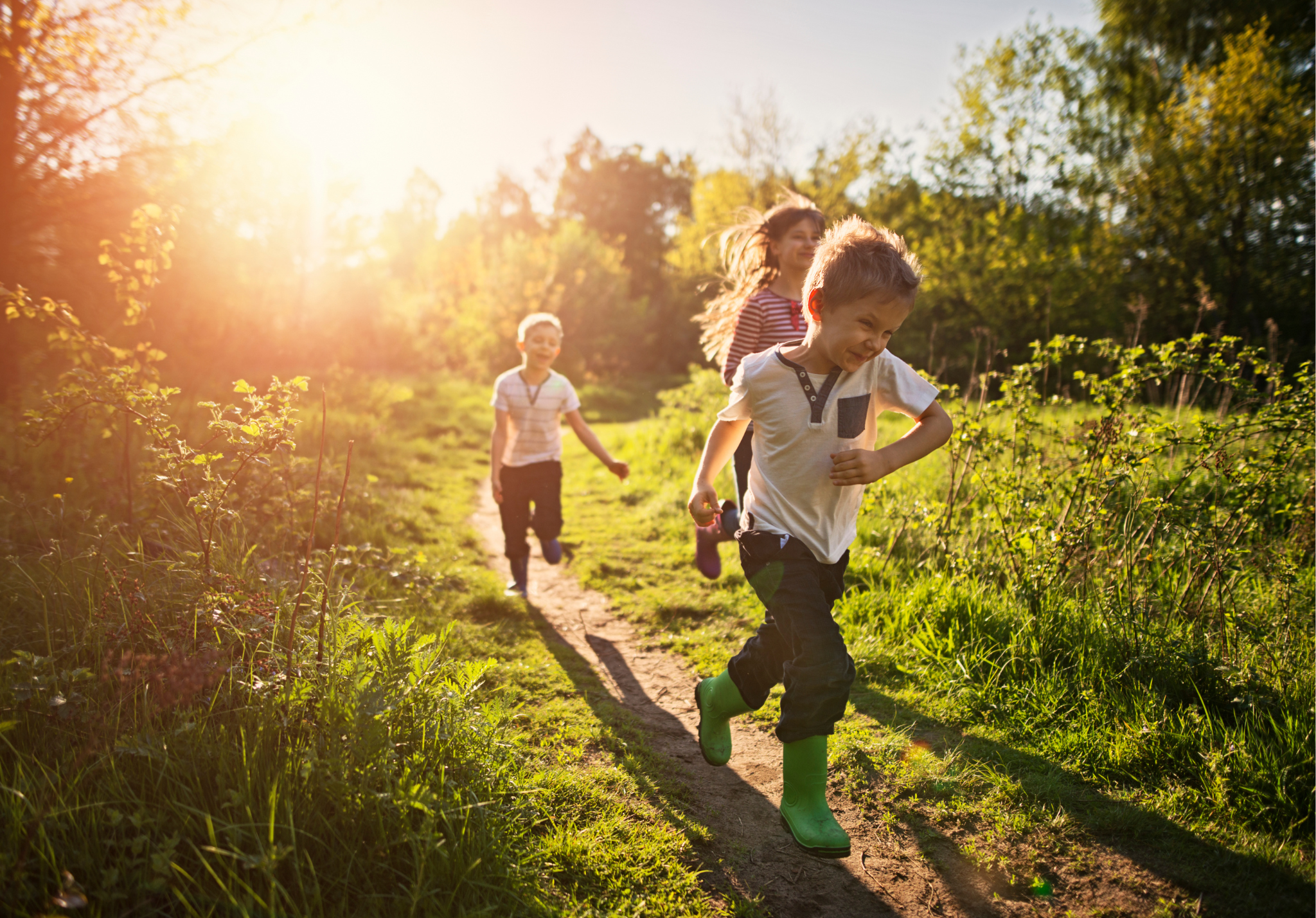Florida heats up in the summer, but that’s no reason to stay indoors. The outdoors offers endless opportunities for the whole family to have fun, explore, and learn something new. With sunshine, diverse ecosystems, and plenty of space to roam, Florida offers plenty of opportunities to spark curiosity and creativity. Explore these exciting ways to get outside and make summer break both fun and educational.
Explore Local Springs
Florida has over 1,000 freshwater springs — and no two are exactly alike. If you're in Central Florida, you won't have to travel far to find one. From west to east, springs are scattered across the region, offering cool relief from the summer heat. Some springs feel like natural swimming pools, while others, like Kelly Park Rock Springs in Apopka, flow like lazy rivers where you can float down for hours.
Turn your visit into a fun learning experience, too. Before you go, take a moment to explore the history or unique features of the spring you’re visiting. For example, the waters of De Leon Springs once powered a mill that turned corn into flour during the Civil War. If you visit these springs, remember to get there hungry! There is an Old Sugar Mill Pancake House, located in a 100-year-old replica of the original 1830s sugar mill, where you can cook your own pancakes on the griddle.
Nature Scavenger Hunt
Getting outside is even more exciting when there’s a mission! A nature scavenger hunt turns any walk, hike, or park visit into an adventure. Before you go, print out a simple checklist of things to find, like different leaves, insects, feathers, or flowers. Children can cross off each item as they spot it, practicing observation skills while exploring the natural world around them. You can easily tailor the list to Florida’s unique plants and animals, making it a fun and educational challenge for the whole family.
Dive-In Movie Nights
What’s better than cooling off in the pool on a summer evening? Watching a movie while you float! Dive-in movie nights combine two of the best parts of summer — swimming and outdoor movies. Check your local community pools to see if they’re hosting any this season. Want to bring the fun home? It’s easy to set up your own dive-in theater with a floating screen, some tubes, and a favorite family film. It’s a memorable way to enjoy warm nights, cool water, and good company.
Simulate Ancient Living
Step away from screens and into the past with a creative, hands-on history day the whole family can enjoy. Build a simple shelter together using branches, blankets, or anything on hand. Try writing symbols with charcoal or chalk, imagining what early communication might have looked like. Talk about how people used to start fires, find food, and live without modern tools, and see what you can recreate safely at home.
For a full experience, have a backyard prehistoric campout. Cook over a fire pit, or just toast marshmallows, tell stories under the stars, and enjoy some low-tech time together. It’s a fun and memorable way to connect with nature and each other.
Make A Mess with Fun Experiments
Summer is the perfect time for both children and adults to get a little messy and learn something new. Outdoor experiments are a great way to explore science in a hands-on, low-stress way, especially when cleanup is as easy as hosing everything down.
For example, try a classic like elephant toothpaste, where a bubbly reaction of hydrogen peroxide, yeast, and dish soap creates a giant, foamy eruption. It’s colorful, exciting, and packed with amusement. Whether you're measuring ingredients together or just watching it ooze, it’s a great way to turn curiosity into action.
Beach Days? Try Building Like Ancient Egyptians
When sandcastles start to feel a little too boring, challenge older children to think like ancient engineers. Bring along some rope and pegs, or sticks and strings, and experiment with forming perfect shapes in the sand using only simple tools. Experiment with building right angles using the 3-4-5 triangle method to create right angles, just like the Egyptians used to plan out temples and pyramids. It’s hands-on and surprisingly fun— a perfect blend of history, geometry, and sun-soaked creativity. The beach provides the perfect blank canvas for creativity and learning.
Learning doesn’t stop when the final bell rings for summer. Whether you're exploring nature or experimenting with science outdoors, these activities reflect the same values we stand by at North Tampa Christian Academy. Our private school provides an immersive on-campus experience that encourages innovation through project-based learning and an engaging thematic structure. We empower students to explore, question, and create year-round. If you’re looking for a private school near Tampa, contact us to learn more.





